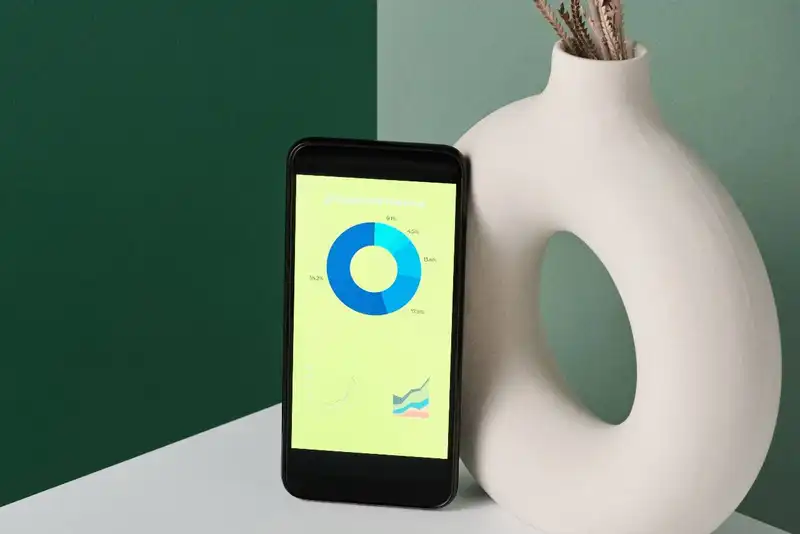Big Data in Retail - How Global Retailers Use Data to Grow Sales
Introduction to Big Data in Retail
Studies show that global retail sales are set to reach nearly $30 trillion by 2023. This has every retailer racing to find out how they can increase their cut. However, many already recognize the impact that big data has on customer service, supply chain optimization, and business strategies. Big data in retail offers stores the opportunity to learn from and capitalize on market trends to boost profitability.
What is Data Analytics in Retail?

Retail data analytics involves gathering big data to improve pricing strategies, supply chain control, and customer experience. Big data refers to collections of the market and internal company information that reveal overarching industry and customer trends. Traditionally, scientists define big data by evaluating its volume, velocity, and variety. In other words, the data collection must be large, quick to process, and diverse. These characteristics make it more valuable to the company.
Big data in the retail industry especially helps businesses improve their customer service. Retailers can use valuable customer data to improve product development, the shopping journey, and the overall shopper experience. Retail data analytics continues to transform how establishments optimize operations and approach customers.
Price Optimization
With big data, stores understand exactly when and how they should change product prices to attract customers and boost sales. In fact, Gartner estimates that by 2025 top retail corporations will be able to utilize real-time pricing. By monitoring big data while adjusting prices, businesses can determine which strategies benefit both the consumer and the store. This balance is essential, as a higher price point could potentially boost profits but decrease customer retention and vice versa.
Business Strategies

Big decisions call for big data that provides insight into the retail market and emerging trends. Stores that consistently monitor and aggregate information can improve their decision-making and overall strategy development, both short- and long-term. For example, retailers can deploy short-term discounts on various products while planning a new product launch years in advance.
Customer Experience
Consumer preferences are always changing in response to the economic climate, technological advances, and market trends. This means that retailers must be able to monitor and adapt their customer service accordingly.
For example, studies show that consumers now prefer a customized shopping experience. Many retailers use loyalty programs to track purchase histories, areas of interests, and dislikes to personalize content and discounts.
Product Recommendation

When retailers collect customer data, they can also personalize advertisements, emails, and promotions to boost sales. For example, by monitoring purchase histories, stores can generate product recommendations to encourage impulse buys. This appeals to the customer, increases the average order value (AOV), and drives sales.
Predictive Analytics
Establishments that integrate their management systems can forecast sales and customer demand through predictive analytics. This technique aggregates historical and real-time sales data to define fluctuating consumer demand trends. Retailers can use this data to mitigate emerging risks, capitalize on passing fads, and optimize inventory management. For example, if forecasts show demand for a particular line will increase, stores can increase orders early to avoid stockouts.
Supply Chain Management

Managing the supply chain is challenging, especially for retailers with multiple stores. Every business in the retail industry faces a certain level of risk, from inventory control to logistics. However, big data enables owners to optimize their supply chain network to mitigate threats and prevent disruptions.
Real-World Examples of Big Data in Retail
Big data in retail is not a secret. In fact, the biggest retail giants utilize big data to improve their competitive edge and customer service.
Office Depot

Office Depot established a big data platform that allows them to link their catalogs, website, call centers, and fulfillment centers. This means that managers can view their entire supply chain in one universal interface. Office Depot has even gone international and dominates the office supply market in Europe, as they can target customer segments. With customer segments, they are able to allocate resources and spending to the most lucrative revenue sources.
Groupon
At first glance, Groupon is a site that gives consumers access to the best discounts and promotions for various activities. However, there is a lot of business intelligence behind this service. Groupon analyzes approximately a terabyte of raw data each day to provide an extensive list of markdowns. And they continuously enhance their data processing as they broaden their service range. However, with a robust IT framework, Groupon is able to collect, integrate, and analyze large amounts of information daily.
Starbucks

Starbucks is a major corporation that continues to claim its spot as one of the top retailers in its market. A Forbes study found that Starbucks consistently increased its revenue by 26% from 2016 to 2019. Thanks to big data, this business constantly integrates the newest technology innovations to improve customer service and performance.
With access to customer demographics, locations, purchasing behaviors, and market trends, Starbucks leaves little to guesswork. Executives can estimate the success of each store location based on the unique customer segment and their buying patterns. This allows them to mitigate risks of low return on investment (ROI) when opening new stores.
Amazon
Amazon is the largest online retailer, and they use big data to track customer spending and recommend products. Artificial intelligence enables this retailer to populate product suggestions based on the consumer's purchase, regardless if they have an account. Amazon even tracks product searches when users are simply researching items so they can remind customers of previous inquiries.






